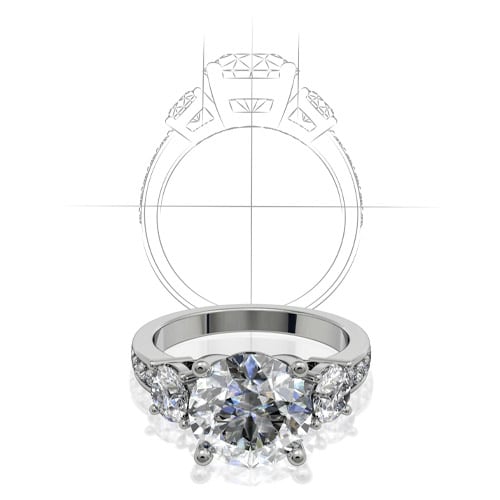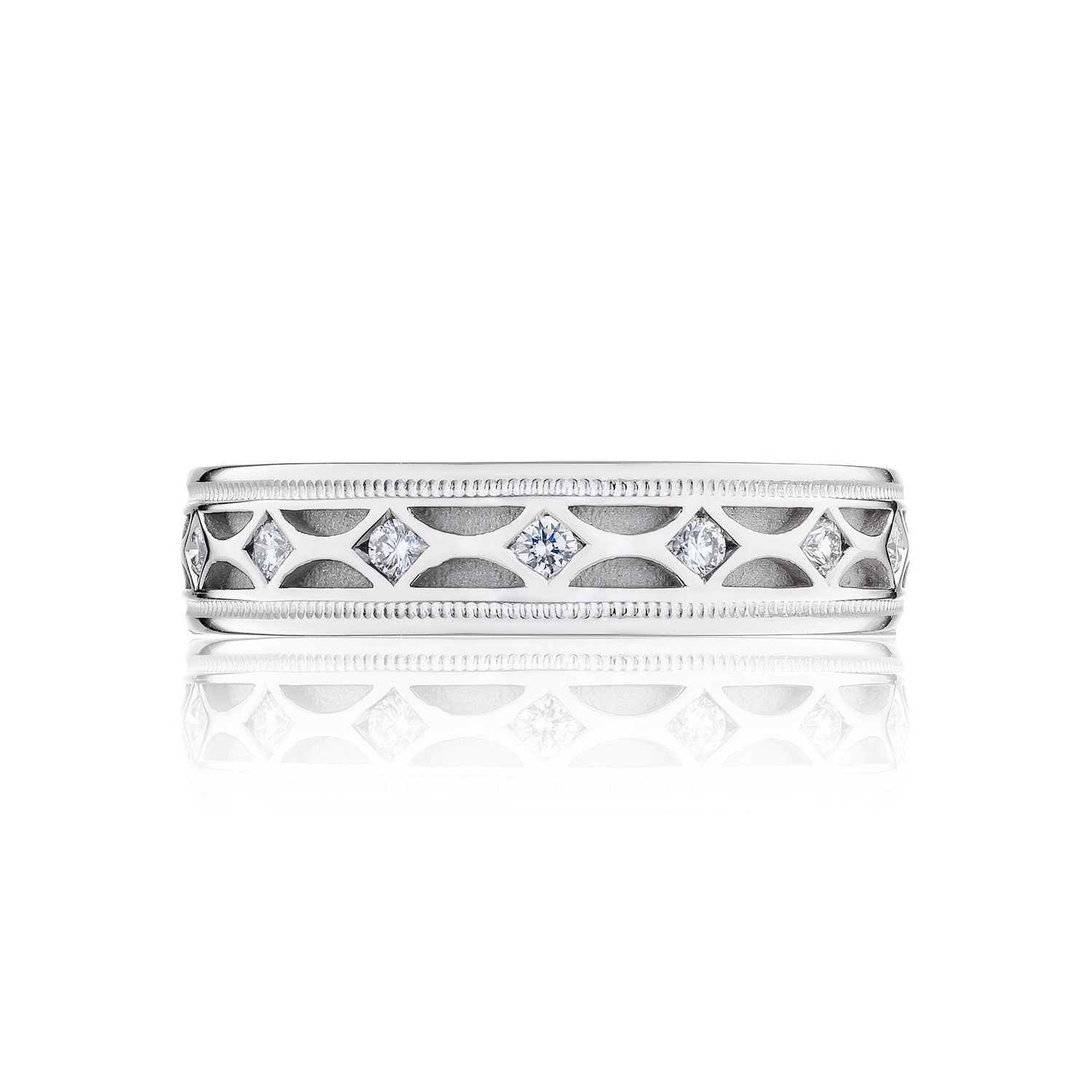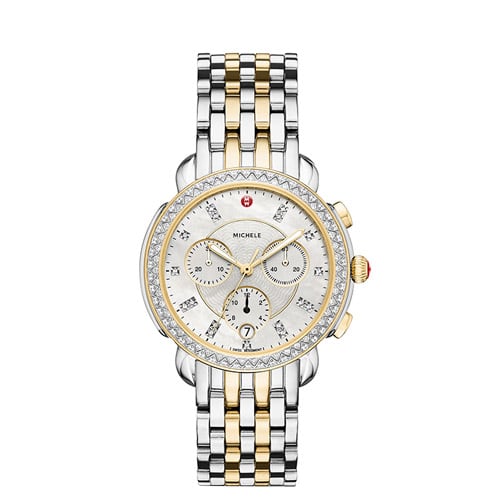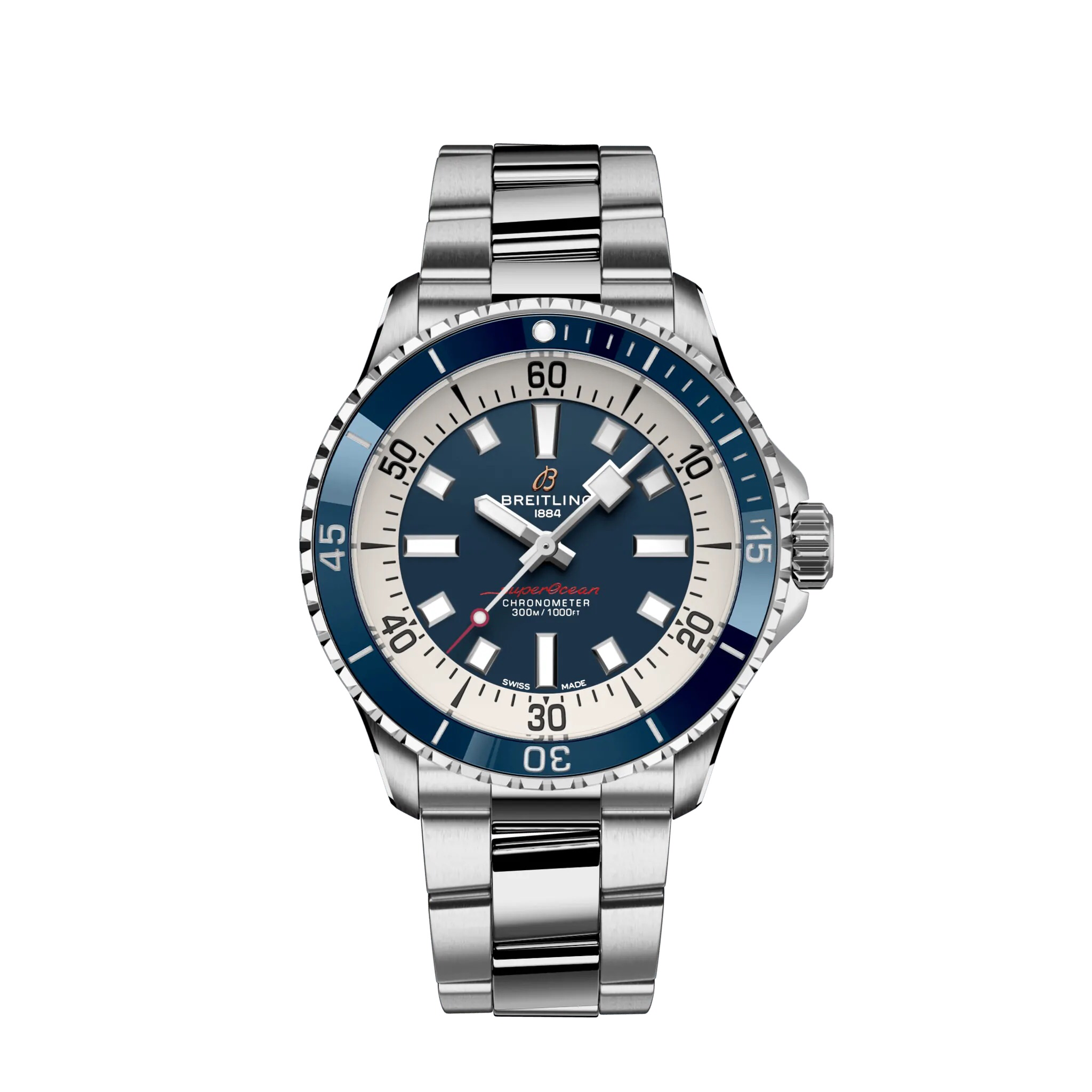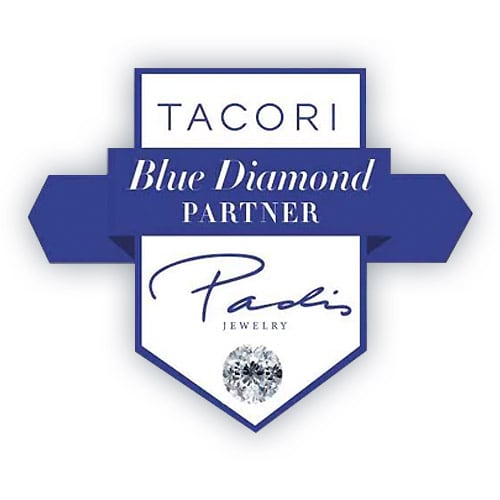How to Tell If a Diamond is Rare and Natural
 A diamond is one of two things: a rare geological wonder created when carbon is under intense pressure over a long period of time, or something developed in a lab. The natural stones are what most people want, but it’s not easy to tell one from the other. What should you look for if you want a diamond that is both natural and rare?
A diamond is one of two things: a rare geological wonder created when carbon is under intense pressure over a long period of time, or something developed in a lab. The natural stones are what most people want, but it’s not easy to tell one from the other. What should you look for if you want a diamond that is both natural and rare?
First, Find Out If Its a Real Diamond
Both natural and lab-grown diamonds are real diamonds but cubic zirconia is not, and there is an easy way to tell the difference. Fill a glass with water and drop the stone into it. If it sinks, it is a real diamond, but it may not be a natural one.
Both natural and lab-grown diamonds are real diamonds but cubic zirconia is not, and there is an easy way to tell the difference. Fill a glass with water and drop the stone into it. If it sinks, it is a real diamond, but it may not be a natural one.
Look for a Laser Inscription
It’s more difficult to determine if a diamond is natural or lab-grown, though. Lab stones may have the words “lab-grown” etched into the diamond. You won’t see it with the naked eye but you might with a jewelers loupe.
It’s more difficult to determine if a diamond is natural or lab-grown, though. Lab stones may have the words “lab-grown” etched into the diamond. You won’t see it with the naked eye but you might with a jewelers loupe.
Have It Tested
One way to tell if a diamond is real or not is to find out if it is a Type IIa gem. Type IIa indicates the purity of the carbon in the diamond's chemical make-up. Most natural diamonds are not Type IIa because the carbon is not pure. Lab-grown diamonds, however, typically are Type IIa and made with pure carbon. The test is not 100 percent accurate, though.
One way to tell if a diamond is real or not is to find out if it is a Type IIa gem. Type IIa indicates the purity of the carbon in the diamond's chemical make-up. Most natural diamonds are not Type IIa because the carbon is not pure. Lab-grown diamonds, however, typically are Type IIa and made with pure carbon. The test is not 100 percent accurate, though.
How to Know If You Have a Rare Beauty?
A rare diamond will have perfect color and clarity. Colorless diamonds are graded D, E or F. If the diamond you purchase has this grading, it may be rare. Diamonds are also assigned clarity levels. An FL rating is flawless.
A rare diamond will have perfect color and clarity. Colorless diamonds are graded D, E or F. If the diamond you purchase has this grading, it may be rare. Diamonds are also assigned clarity levels. An FL rating is flawless.
Only an experienced jeweler will know if a diamond is truly rare. It may also take a jeweler to determine if the stone is natural, too. If you have a diamond that you want to be evaluated, call Padis Jewelry and one of our diamond experts will be happy to help. Better yet, buy your diamond from a quality jeweler like Padis, so you know what you are getting.


